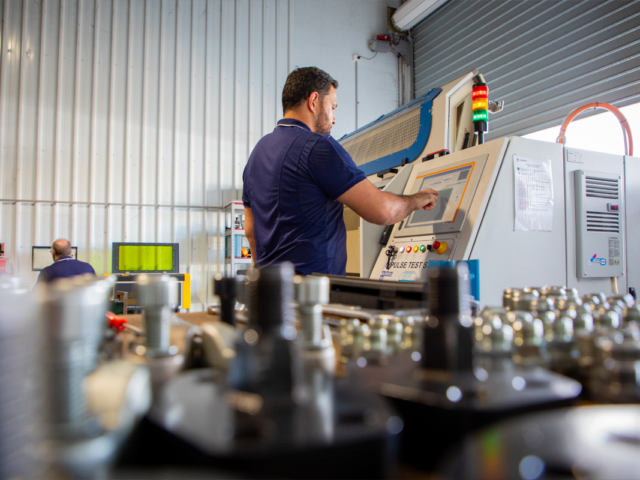Last month our accountant Robert Pitt kicked off a mini series to help us all stay on top of our businesses. Rob covered the first two headings “Knowing the score” and “Understanding the business model”.
This month Rob introduces Key Performance Indicators or KPI’s and which KPI’s to measure…..
Key Performance Indicators
Most people will know what Key Performance Indicators (KPIs) are. For those that don’t, like the name suggests they measure key results and activities that will provide insight into whether the business is performing successfully.
KPIs can be financial and non-financial or activity based. Financial KPIs measure monetary results such as Net Profit for the month. Non-financial KPIs measure all other results or activities such as number of car washes per day.
They can also be categorised by leading or lagging indicators. Leading KPIs measure a result or activity that indicates the likelihood of future success. For example, the machinery of the automatic car wash must have an overhaul for every 30,000 washes. Therefore, the KPI measuring the number of washes since the last overhaul is a leading indicator for when the expense of the next overhaul is coming up.
The number of Performance Indicators that can be measured and tracked are seemingly endless. Therefore, you will need to determine which of the endless Performance Indicators are key to the business and worthwhile being measured.
Which KPIs to Measure
Now that you understand your business model and what KPIs are, the next step is to determine which KPIs should be measured in your business.
Note that there is a balance to be achieved between measuring enough KPIs to provide enough information to be across what is happening and not measuring so many that you are investing too many resources to track and record those KPIs.
When choosing which KPIs to measure it is helpful to ask the following questions:
- What results are critical to the success of the business.
- What activities are critical to the success of the business.
- What are the activities related to the areas of improvement for the business.
- What are activities and results related to the areas of change within the business.
Thinking about this from another angle, imagine that you are sitting on a beach somewhere for a month away from your business. What information would you need to know to make sure that your business is still performing the way you need it to?
Using the previous example of the Car Wash the following could be considered KPIs worth measuring:
- Sales
- Number of Car Washes
- Percentage Split of Washes between Standard and Deluxe
- Gross Profit and Margin
- Net Profit and Margin
- Number of Washes till next service of machinery
Further to these measures consider that some new machinery had been installed to improve the water efficiency of the car wash. In this instance measuring the water usage per car wash would be an important KPI to determine the effectiveness of the new machinery.
Next month we’ll round out the mini series by looking at how often we should be measuring and what we do with this information.
See you then!

